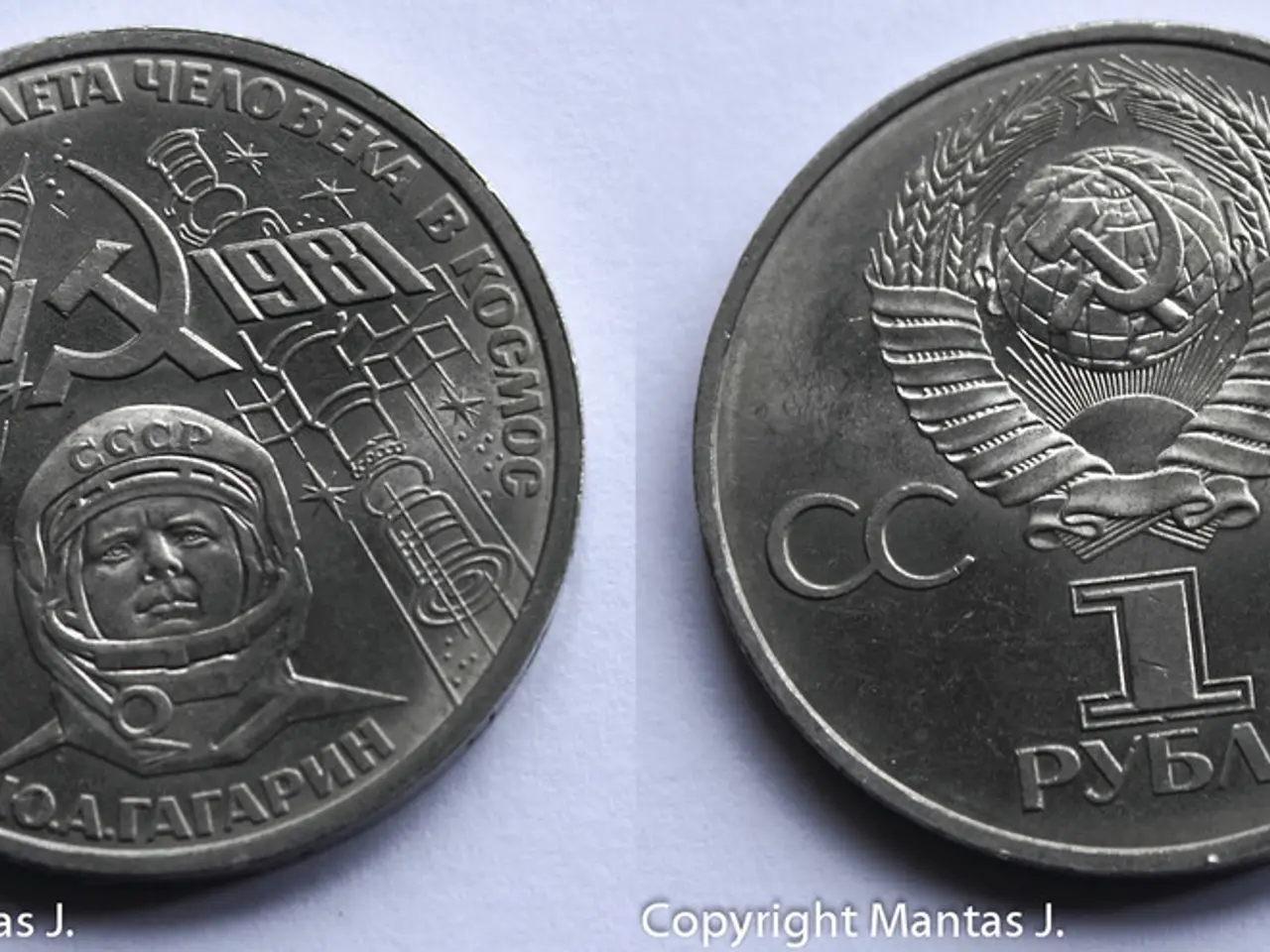Physical currency isn't vanishing, according to the European Central Bank - it's merely receiving a digital counterpart.
The European Central Bank Plans to Introduce a Digital Euro
The European Central Bank (ECB) has announced plans to introduce a digital euro, a digital equivalent to physical cash, aiming to preserve the accessibility, privacy, and sovereignty of public money in a modern, digital form [2][4]. This digital currency is designed to coexist with physical cash, complementing rather than replacing it, as cash remains trusted and widely used.
According to ECB Executive Board member Piero Cipollone, the digital euro will not replace physical money but will provide consumers with more payment choices [5]. It will be free for basic use, privacy-respecting, and usable both online and offline, such as via a phone app without internet access, similar to Apple Pay but without intermediaries.
The digital euro will be issued by the central bank and held in user wallets accessible through a reference app and private payment service provider (PSP) wallets, integrating with existing payment systems and fostering inclusion [1]. The project is in an advanced preparation phase, with provider selection for components and infrastructure expected by the end of 2025, but no financial commitments yet, allowing rapid deployment if the Governing Council decides to issue it [1][5].
The ECB is committed to ensuring physical cash remains universally accepted across the eurozone while advancing the digital euro to extend sovereign money benefits to digital payments [2]. The digital euro is designed with an inclusive accessibility strategy for people with disabilities and low digital skills, ensuring an intuitive user experience comparable to physical cash [1].
The digital euro is intended to counter the dominance of non-European stablecoins and payment systems, and a digital euro, as stated by Cipollone, would aim to curb the rise of foreign-pegged stablecoins in Europe [5]. Some analysts suggest the world needs a stablecoin rulebook for global coordination to check the power of dollar-pegged coins [6].
Cash still dominates in the preferences of Europeans for storing value, according to a survey [7]. However, stablecoins are handling many everyday buys and cross-border deals, which worries regulators as many stablecoins tie to the US dollar and escape strict banking rules [3]. The ECB emphasizes that innovation must not come at the cost of stability [4].
Reports suggest that on April 8, Cipollone stated that a digital euro would be crucial in Europe [5]. Cash is considered indispensable as a way to pay and store value, according to Executive Board member Piero Cipollone [8]. A working paper published on March 13 found that Europeans aren't showing a strong interest in a digital euro [7].
In sum, the ECB envisions the digital euro as a secure, privacy-preserving digital form of money that broadens payment options alongside physical cash, ensuring the euro’s continued role as sovereign money accessible to all citizens in digital and physical form, thus supporting a diverse and resilient monetary ecosystem [2][4][1]. The digital euro, along with physical cash, will continue to be at the heart of payments, as vowed by Cipollone [5].
- The European Central Bank (ECB) plans to introduce a digital euro, which is expected to coexist with and complement physical cash, providing more payment choices to consumers.
- The digital euro, once issued, will be free for basic use, privacy-respecting, and usable both online and offline, similar to certain financial technologies like Apple Pay but without intermediaries.
- The digital euro is designed to extend sovereign money benefits to digital payments, ensuring an intuitive user experience despite the rise of non-European stablecoins and payment systems.
- The digital euro aims to counter the dominance of foreign-pegged stablecoins in Europe, as their prevalence concerns regulators due to their ties to the US dollar and lack of strict banking rules.
- In addition to the digital euro, cash is still seen as indispensable for paying and storing value, emphasizing the continued role of traditional banking and finance in the digital age.




